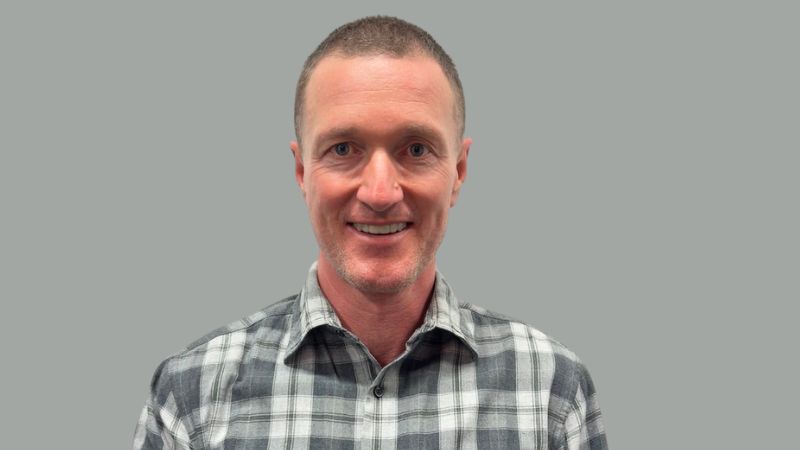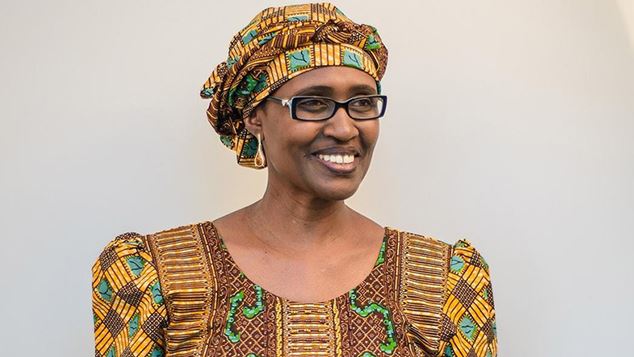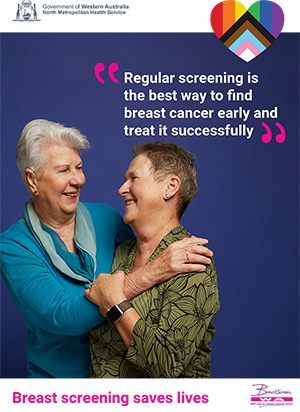The national federation for Australia’s leading HIV and LGBTIQA+ organisations has warned that global progress towards ending HIV transmission is at risk of being undone, following new UN estimates showing millions of deaths and new infections could occur by 2029 if critical funding is not restored.
Health Equity Matters, which has implemented community-led HIV programming in 22 countries in the Indo-Pacific region over the past 25 years, said the UNAIDS figures highlight how fragile decades of progress can be when funding is interrupted.
A new UNAIDS report warns that more than four million AIDS-related deaths and over six million additional HIV infections could occur globally by 2029, due to major funding withdrawals from key international donors, with the hardest-hit regions being those already grappling with high prevalence and limited resources.

“Any threat to HIV funding undermines the significant gains we’ve made over two and a half decades,” said Dash Heath-Paynter, CEO of Health Equity Matters.
“The Indo-Pacific has made real progress through sustained, community-led programs targeting key populations. That momentum is now at risk,” Dash Heath-Paynter said.
Since its inception, Health Equity Matters has supported close to $60 million worth of HIV programming across the Indo-Pacific, working in close partnership with community-led and key population-led organisations to build sustainable, locally owned responses to HIV.
“In our region, HIV epidemics are overwhelmingly concentrated among key populations, and they’ve been tackled effectively because programs have been led by those communities,” Dash Heath-Paynter said.
The UN report highlighted immediate impacts already unfolding including destabilised supply chains, the closure of clinics, disrupted testing, and reduced access to life-saving treatments, and highly effective prevention strategies such as PrEP.
Health Equity Matters is calling on the global community to renew its commitment to HIV funding and prioritise community-led, rights-based responses, especially in regions like the Indo-Pacific where epidemics remain active.
“Ending HIV is within reach. But walking away now would reverse hard-won gains, cost lives, and raise long-term health system costs.
“Communities have done the work. They have the infrastructure, the knowledge, and the trust. What they need is sustained, predictable investment to keep going,” Dash Heath-Paynter said.
UN Report saying its vital that funding remains in place for HIV programs
The UN report launched last week sounds the alarm that after years of HIV numbers reducing globally, recent funding cuts are likely to result in a rising number of transmissions.
They say that despite marked progress in the HIV response in 2024, the weakening aid consensus and significant and abrupt funding shortfalls in the HIV response in 2025 have triggered widespread disruption across health systems and cuts to frontline health workers—halting HIV prevention programs and jeopardizing HIV treatment services.
The biggest change to the global HIV funding was a decision from US President Donald Trump to cut funding to many global HIV responses.
In Mozambique alone, over 30 000 health personnel were affected. In Nigeria, pre-exposure prophylaxis (PrEP) initiation has plummeted from 40 000 to 6000 people per month. If US-supported HIV treatment and prevention services collapse entirely, UNAIDS estimates that an additional 6 million new HIV infections, and 4 million additional AIDS-related deaths could occur between 2025 and 2029.

“This is not just a funding gap—it’s a ticking time bomb,” said UNAIDS Executive Director Winnie Byanyima. “We have seen services vanish overnight. Health workers have been sent home. And people—especially children and key populations—are being pushed out of care.”
Even before the large-scale service disruptions, the reported data for 2024 showed that 9.2 million people living with HIV were still not accessing life-saving treatment services last year. Among those were 620 000 children aged 0—14 years living with HIV but not on treatment which contributed to 75 000 AIDS-related deaths among children in 2024.
In 2024, 630 000 people died from AIDS-related causes, 61% of them in sub-Saharan Africa. Over 210,000 adolescent girls and young women aged 15—24 acquired HIV in 2024—an average of 570 new infections every day.
HIV prevention services are severely disrupted. Community-led services, which are vital to reaching marginalized populations, are being defunded at alarming rates. In early 2025, over 60% of women-led HIV organizations surveyed had lost funding or were forced to suspend services.
The United States President’s Emergency Plan for AIDS Relief (PEPFAR) reached 2.3 million adolescent girls and young women with comprehensive HIV prevention services in 2024 and enabled 2.5 million people to use HIV PrEP—many of these programmes have now stopped completely.
Meanwhile, the rise in punitive laws criminalizing same-sex relationships, gender identity, and drug use is amplifying the crisis, making HIV services inaccessible. Countries like Uganda, Mali and Trinidad and Tobago have seen recent harmful and discriminatory changes to their criminal laws targeting key populations, pushing them further from care and dramatically raising their risk of acquiring HIV.
The UN AIDS report also notes that many countries are increasing their domestic budgets for tackling the ongoing HIV crisis. One example highlighted in South Africa who currently funds 77% of its AIDS response and its 2025 budget review includes a 5.9% annual increase in health expenditure over the next three years, including a 3.3% annual increase for HIV and tuberculosis programs.
There has also been success stories with many African countries achieving targets in reducing transmissions, increasing testing, getting people on treatment regimes and successfully reducing their viral loads to an undetectable level.
As of December 2024, seven countries—Botswana, Eswatini, Lesotho, Namibia, Rwanda, Zambia, and Zimbabwe—had achieved the 95-95-95 targets: 95% of people living with HIV know their status, 95% of those are on treatment, and 95% of those on treatment are virally suppressed. These successes must be maintained and further scaled up.
Winnie Byanyima describes it as time for the global community to make a choice.
“In a time of crisis, the world must choose transformation over retreat,” Byanyima said. “Together, we can still end AIDS as a public health threat by 2030—if we act with urgency, unity, and unwavering commitment.”





